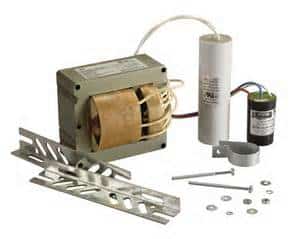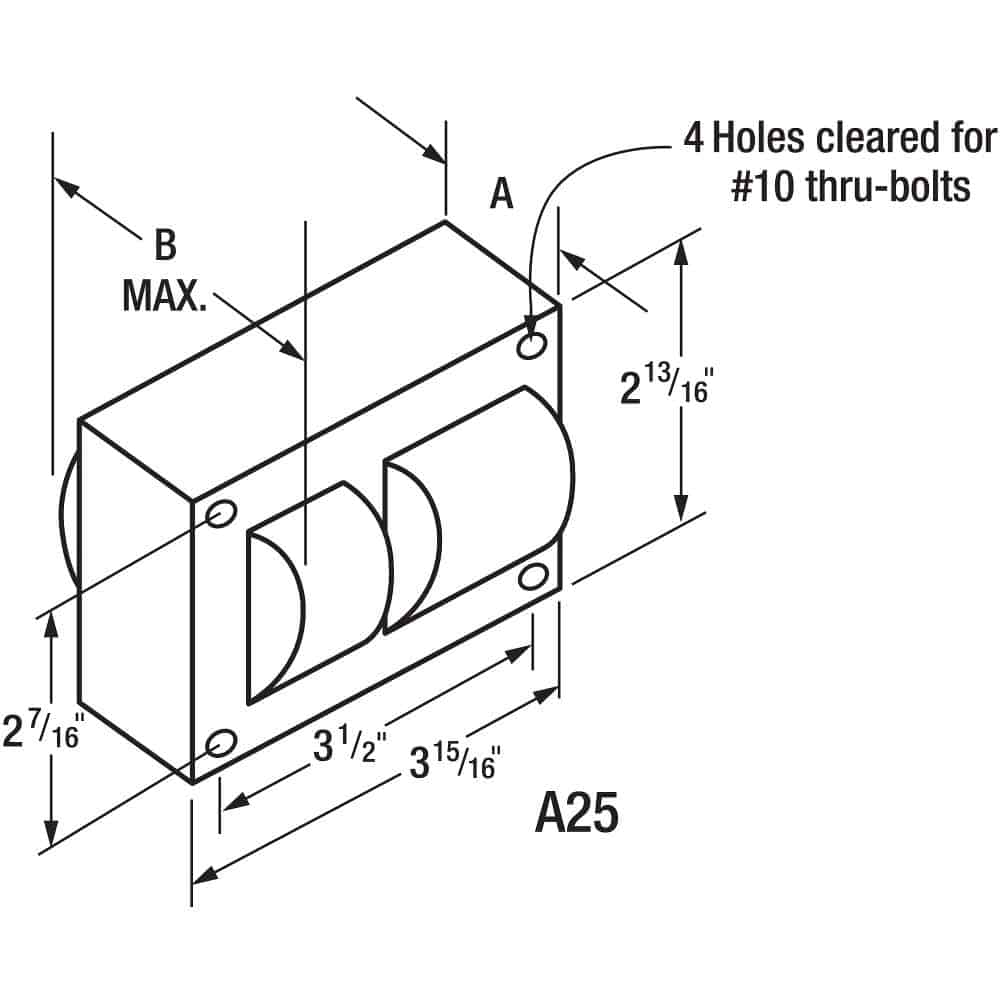The HID ballast is designed to provide high initial voltage to start the lamp, then decrease voltage quickly to a stable operating level. Lighting Ballasts may contain a variety of hazardous materials and must be handled and disposed accordingly. Ballasts HID of any type should, and in some cases are required to be, recycled.
The selection of a lamp ballast type depends on where it is to be used. Mercury and metal halide lamps change little in operating characteristics over life and magnetic ballast operation remains fairly constant. But HPS lamps change operating characteristics dynamically over life.
Following is an explanation of general operating characteristics of HPS ballasts followed by a tabular listing of typical electrical data of different ballast wattages and types for all three HID lamps.
HPS Lamps
As shown in the lamp survival curve in Figure 6B, HPS lamps have a long average life span of 24,000 plus
hours. Normal end of life occurs when the lamp begins to cycle on and off due to excessive lamp voltage rise.
More frequent starts will cause voltage to rise faster, as will over wattage operation. Slight under wattage operation
will have no adverse effect on lamp life.
Metal Halide Lamps
Metal halide lamps have an average-rated life span of 3,000 to 20,000 hours, depending on lamp wattage. Lamp
life generally is much shorter than HPS and mercury vapor due to poorer lumen maintenance and the presence
of iodine compounds in the arc tube. The normal failure mode is the inability to start because of increased starting
voltage requirements. Frequent starting also will adversely affect lamp life, as will over wattage operation.
Mercury Vapor Lamps
Mercury lamps should be replaced before they burn out due to decreases in lumen output. Frequent starting
does not adversely affect lamp life as significantly as other HID lamps. The normal mode of failure is the inability to start.


